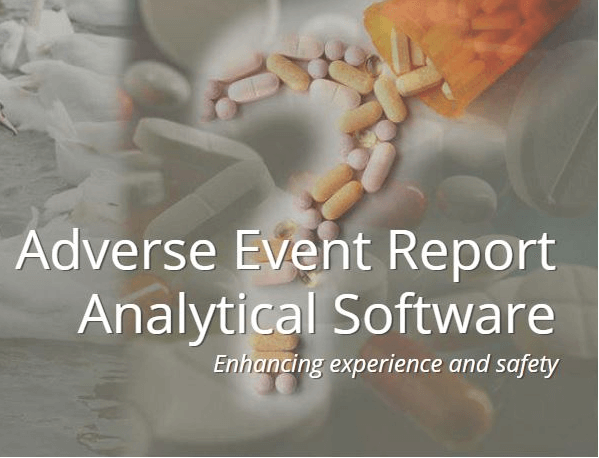
Software can be an invaluable tool for adverse event reporting. It is common for everybody to take medicines. However, some of us may read the label of the product and recognize potential side effects, but few of us will tell our producers our experience. Software reports risks and dangers of drug safety and pharmaceuticals. Though they are trying to help the patient, but we need to inform the adverse events reporting software, company representatives, sales representatives and medical scientists (MSLs) to report negative events under the company’s charter; It requires training on timely detection and reporting of drug side effects.
The company begins to examine the timing of this process, and shows the general reason why the company is underreporting. Insufficient validation reasons are associated with partial education, but the general reporting process is complex and time-consuming, which does not permit employees to continue the process. On the other hand, licensing partners, distributors and healthcare providers are just looking for solutions that are easy and quick to report.
Software Options
A large pharmaceutical company may receive tens of thousands of reports of potential adverse effects on patients, health workers, and insurance companies each year. These reports may be in different languages. Artificial processing and classification of adverse effects are very expensive and time consuming. Medicators can benefit from automated solutions to detect and classify events. Megaputer offers automatic AE analysis and classification solutions. The solution finds relevant information from the report and detects all undesirable events that are undesirable and these events are classified according to MedDRA’s theoretical fairytale.
This solution gives substantial amount of extraction and precision of EE. He analyzes various languages. FDA‘s reporting of adverse events is meant to detect and respond to software, as well as language, speech, and consciousness, because humanity has a profound effect on drug brands. Software alone can not overcome language, emotional expression, and more human content. It requires people to handle the software.
Finally, software solutions and human agents can free up brand marketing teams to make more strategic decisions and to conduct marketing campaigns. Drug markets should meet the standards of the standard SaaS solution used in other social networks and seek specialized software that is designed and administered by FDA’s compliance and counter-affiliation management.
Doing this allows you to manage the brand’s social networks and messages, and also allows you to manage, report, and archive the adverse events that FDA requires. Your event process should contain both software and agents. The software is effective for the social network, which automatically corrects the unwanted phenomenon and brings it back to it. This allows you to report and archive negative events. At the same time, human agents can handle unwanted events, and often skip automated software. Using these communications channels and maintaining FDA can be more realistic than brand names. Social networking, chat bots, messaging, interviews, and supplementary health care services provide social networking software solutions to identify and classify activities aimed at providing health care.
Managing Adverse Event Reporting
To overcome these problems and to control these channels, a large amount of software and agency capacity to report unwanted events is needed. In recent years, they have increased customer response rates by combining human response and automated software with human health care providers. The daily workload of the marketing team was reduced by 43%. Finally, the program improves the quality of interaction with individual responses to patient needs.
Reporting negative events in the United States is an important job. FDA receives some reports on side effects and misinformation of drugs, such as physicians, pharmacists, nurses, consumers (patients, family members, lawyers, and others). Health professionals and users can report these events to product manufacturers. If the manufacturer receives a report of a negative event, the report will be submitted to the FDA. MedWatch provides mandatory reporting information. The FDA Adverse Event Reporting System (FAERS) is a database designed to support FDA’s Post Market Safety Monitoring Program on pharmaceuticals and therapeutic biopharmaceuticals. The information structure of the FAERS database conforms to the International Safety Reporting Guidelines issued by the International Harmonization Conference (ICH E2B). Adverse events and medication errors are coded using the terms of MedDRA terminology.
Featured Image Credit: Megaputer Intelligence